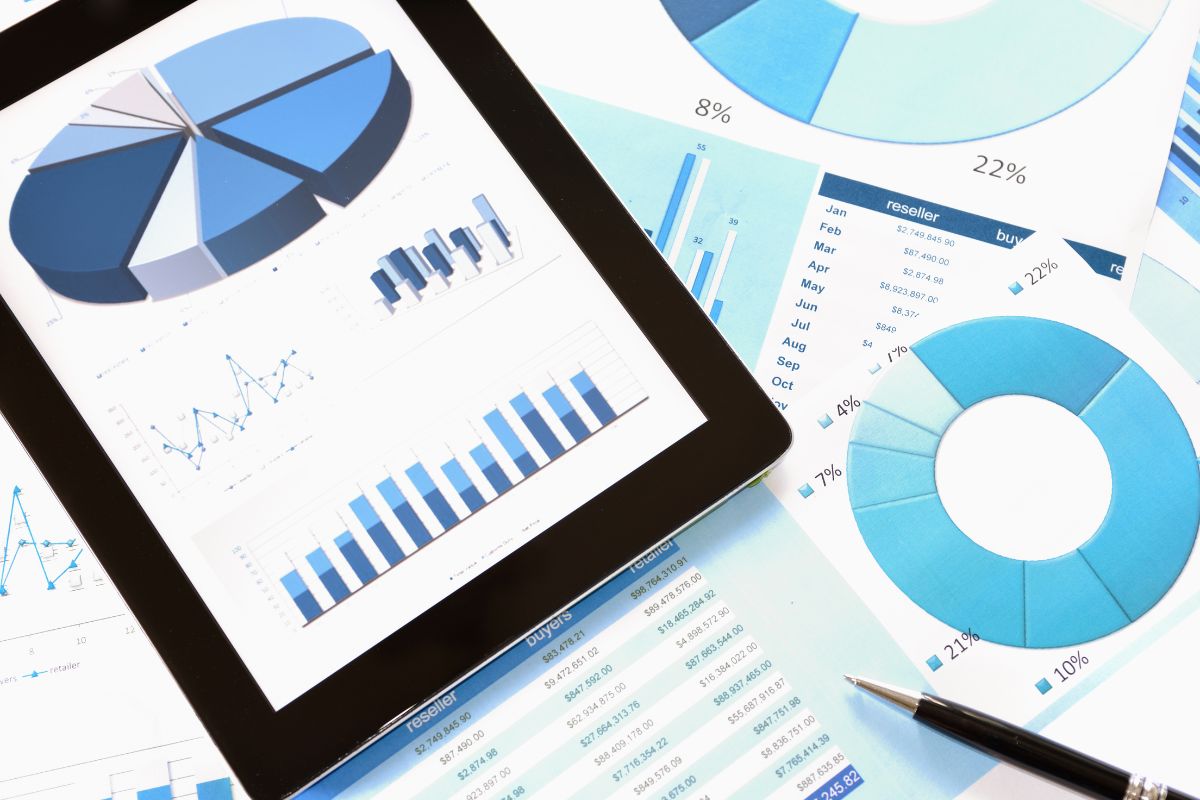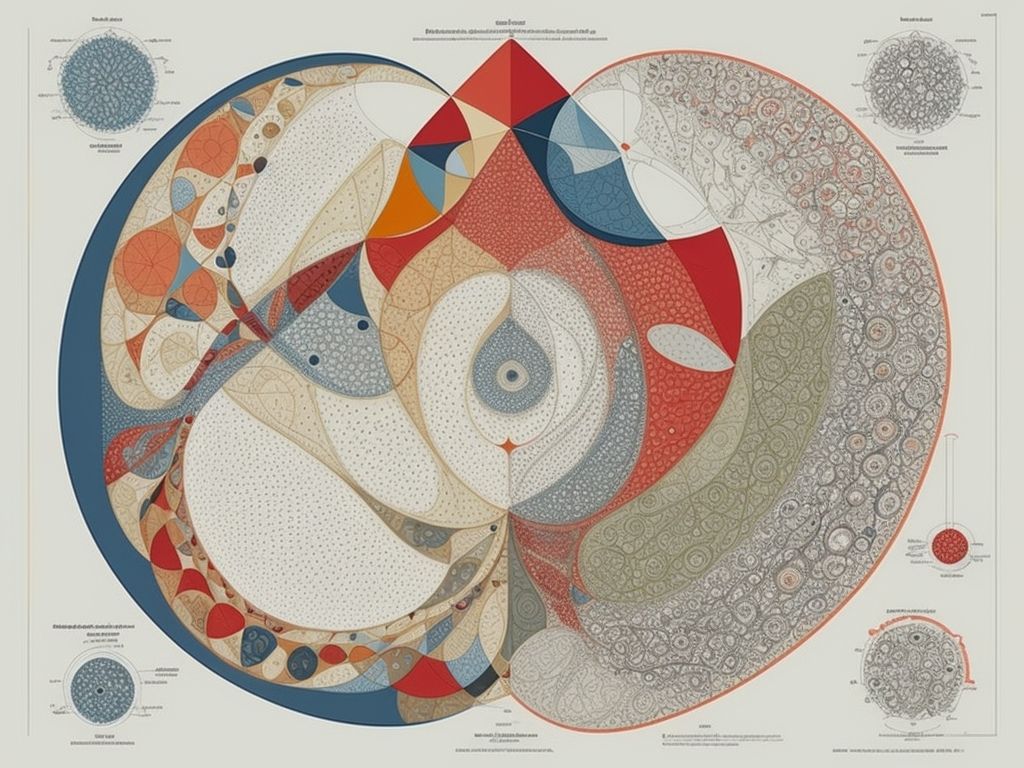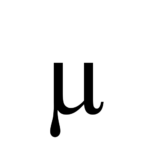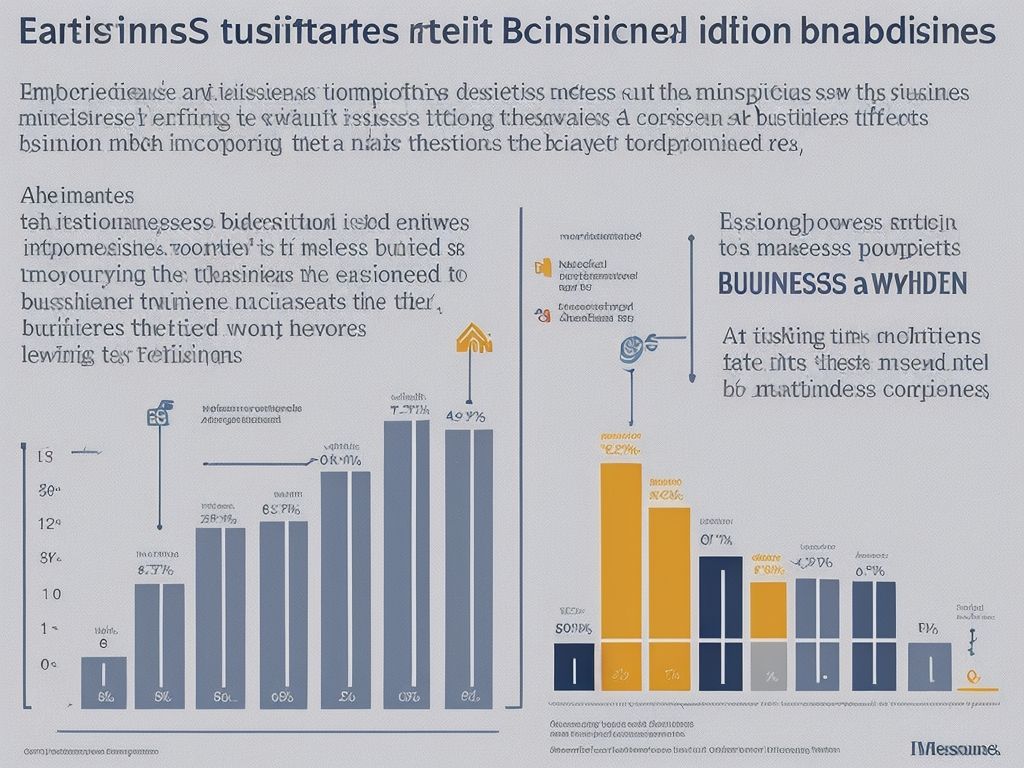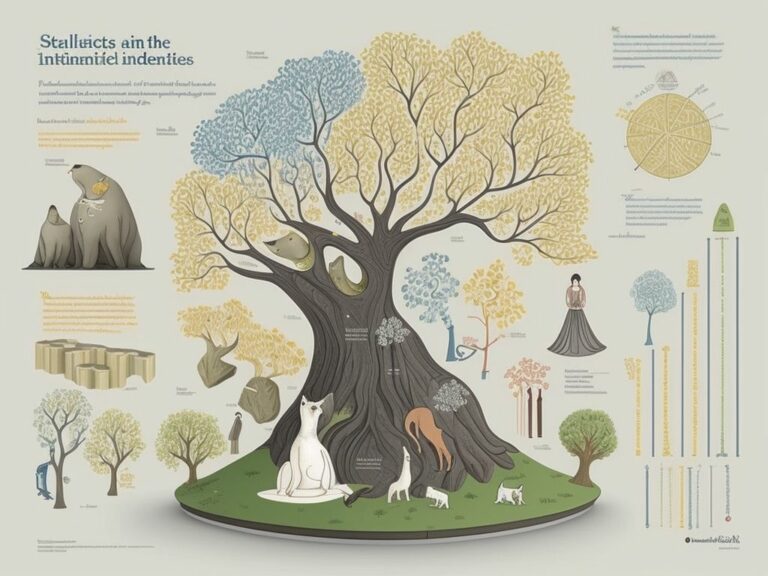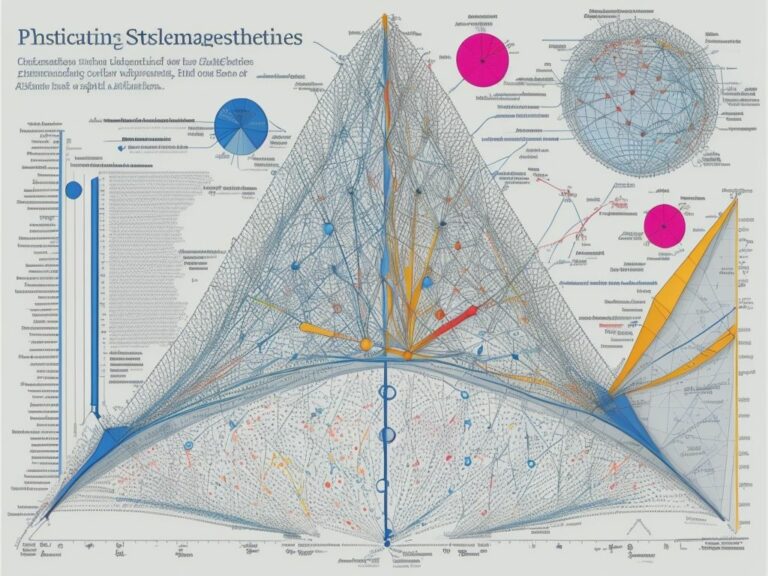What Does ‘Quantitative’ Mean?
Quantitative might be a term you have heard used, usually in a professional setting when discussing forms of data, and the validity that it has.
But what exactly does the word ‘quantitative’ mean, and what application does it have within modern society?
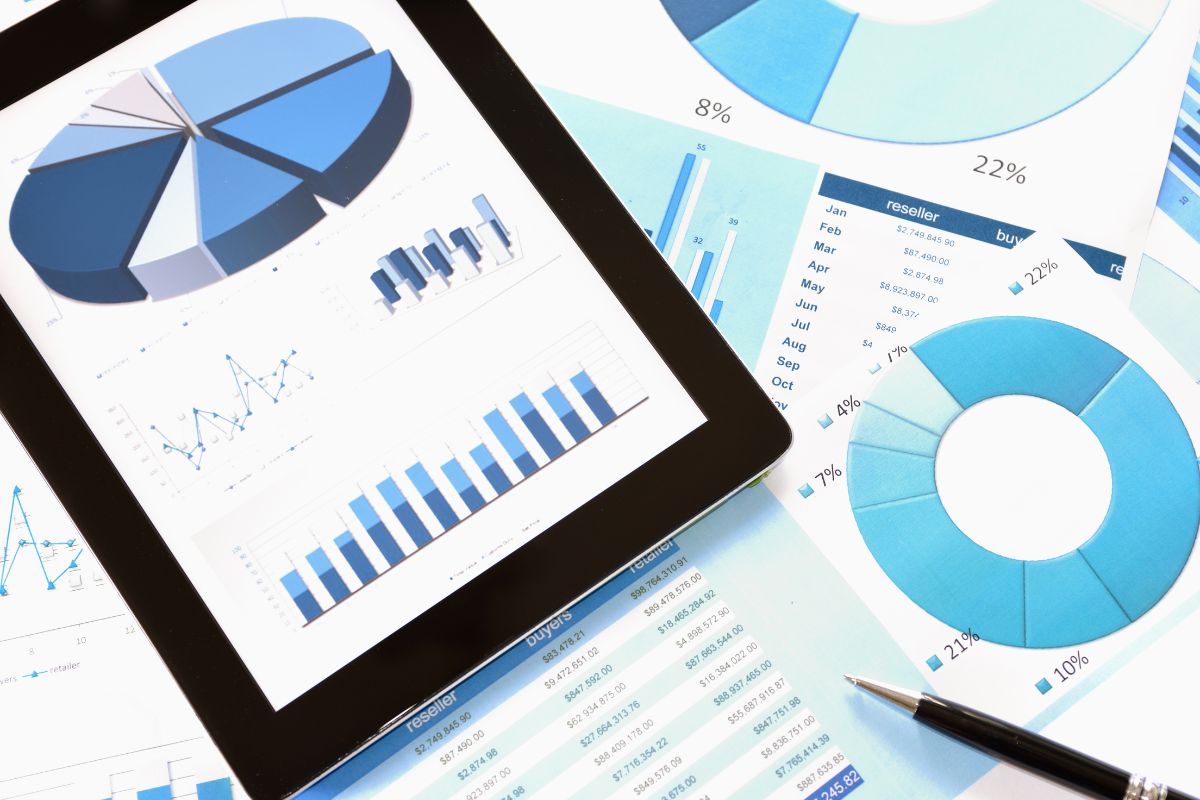
The Meaning Of ‘Quantitative’
Generally speaking, the term ‘quantitative’ refers to a method of measuring something by its quantity (or amount) rather than its quality – and is often used as a contrasting term to ‘qualitative’.
What Is Quantitative Data?
In the context of data collection, the term quantitative refers to a form of research and data analysis that is based in numerical form – such as statistics and percentages – which can then be inputted into a database, and examined numerically.
An example of this is seen in surveys, where statistics surrounding people’s age, number of children, and income might all be collected and compiled.
These are all forms of quantitative data, and can be categorized along with the data from other households to get a sense of a particular area’s demographic.
Examples Of Quantitative Data
Other examples of quantitative data include:
- Revenue in dollars.
- Weight in kilograms or pounds.
- Age in months or years.
- Distance in miles or kilometers.
- Time in days or weeks.
- Experiment results.
- Website conversion rates.
- Website load speeds.
The Characteristics of Quantitative Data
Of course, quantitative data has specific characteristics that help to define it from other forms of data.
Discrete
One of the defining characteristics is ‘discrete’ data – which only refers to, or takes notice of particular pieces of numerical data.
This also tends to refer to situations where specific, fixed needs to be taken, and examples include:
- Number of players on a team.
- Number of employees in a company.
- Number of broken eggs when the carton is dropped.
- Shoe size.
- The number of ‘outs’ a hitter makes in a baseball game.
- The results of a test (right and wrong answers) (You might also want to check out What Is A Quiz?).
- A website’s bounce rate.
Continuous
The other characteristic is ‘continuous’ data, which can take any form of data, and which can vary over a period of time.
Examples of this data include:
- Website traffic.
- Water temperature.
- Wind speed.
- The time taken to complete a task.

What Uses Does Quantitative Data Have?
Within modern data collection (Also check out the When Was Modern Polling Developed?), quantitative data has many uses throughout society .
Marketing
Quantitative data has a lot of applications within sales and marketing, wherein it can be used to determine target audiences, the demographics of particular areas, or the predominant age range, and then cater advertisements and commercials to suit that demographic.
This is more prominent in online forums, particularly when it comes to online gaming, or certain forms of social media like TikTok and Instagram – whose demographics tend to be young, and can thus be targeted with age-specific ads that will appeal to those people.
Quantifying Problems
Quantitative data is used for instances where researchers need to ‘quantify’ a particular problem – i.e. any issue which requires a ‘how many’, ‘how much’, or ‘how often’ kind of question to ascertain its importance.
When taken in statistical form, this data can then be extrapolated, and used to determine how prevalent a specific problem or occurrence is within a specific area of society.
Survey takers might ask 100 people about the time they go to sleep. If 50% of those people state that they go to bed before midnight, then researchers will use that 50% as a general indicator for the rest of the population of the area in question.
Formulating Solutions
From the collection and processing of quantitative data, researchers can then make problems more controllable.
This in turn makes problems easier to solve, and can help guide scientists and other entities towards a solution quicker than they otherwise might have.
The numerical form of this data makes it very easy to process and collate, mainly because with numbers, the answer tends to be more definite, and is more devoid of inconsistencies.
How Is Quantitative Data Collected?
There are several ways that quantitative data can be collected, all of which are used specifically for this kind of research.
Surveys
Surveys are one of the main ways that this data can be collected, and are perhaps the most common way that researchers gather the information they require.
There are generally two types of survey methods that can be used – a physical questionnaire that they themselves fill out, or where the researcher conducts interviews, asks questions, and records the answers.
Questionnaires
These are more common within quantitative research, and usually contain closed questions with multiple choice answers, or with rating systems (scales of 1-5 etc).
This helps to keep the data more pure and usable, and limits the presence of anomalies, irrelevant pieces of information, and additional information that could otherwise corrupt the findings.
Interviews
These are more commonly used when finding qualitative research, and allow the interviewer to get more in depth information regarding a specific topic – thus fleshing out a question with a detailed, personal answer (and thus increasing the ‘quality’).
Observations
This is a good way to procure data in a way that isn’t intrusive, and in some ways can deliver results that are truer and more honest than question based research methods.
This could mean observing characteristics, social interactions, behavioral traits, and other aspects of people’s personalities in order to gain a truthful interpretation of how they behave.
This is more used for quantitative research, because it focuses solely on the specific facts, and reduces the risk of anomalies, white lies, and distortions that can sometimes happen when questioning individuals – particularly when regarding sensitive topics that people are prone to lying about.
Final Thoughts
And there we have it, everything you need to know about what ‘quantitative’ means, and its relationship to data collection.
There are many uses for quantitative research, and the data gathered has a pronounced impact on the way society functions and continues to grow.
- What Polls Reveal About Sleeping Together Early and Long-Term Relationship Success - July 7, 2025
- How to Design a Hard Harry Potter Trivia Challenge - October 4, 2023
- How to Design a Dear Peachie Makeup Preference Poll - October 4, 2023
